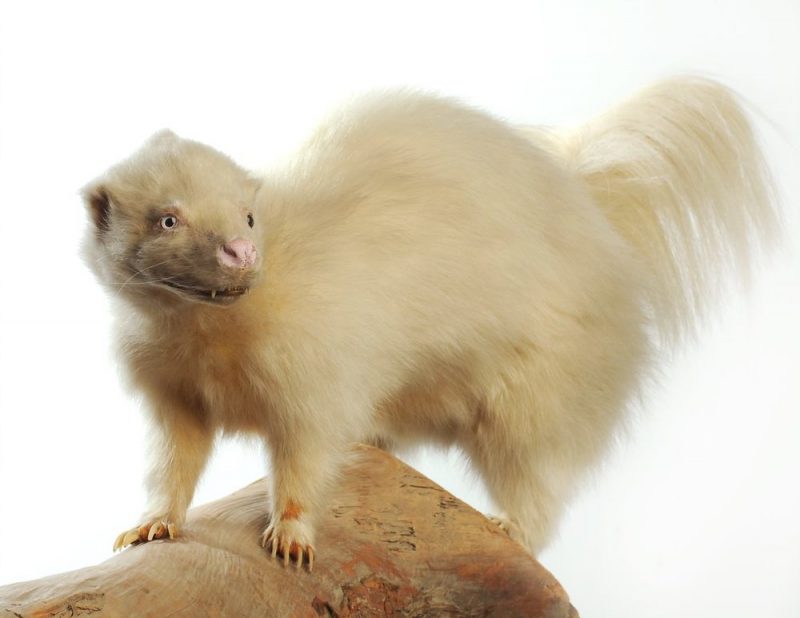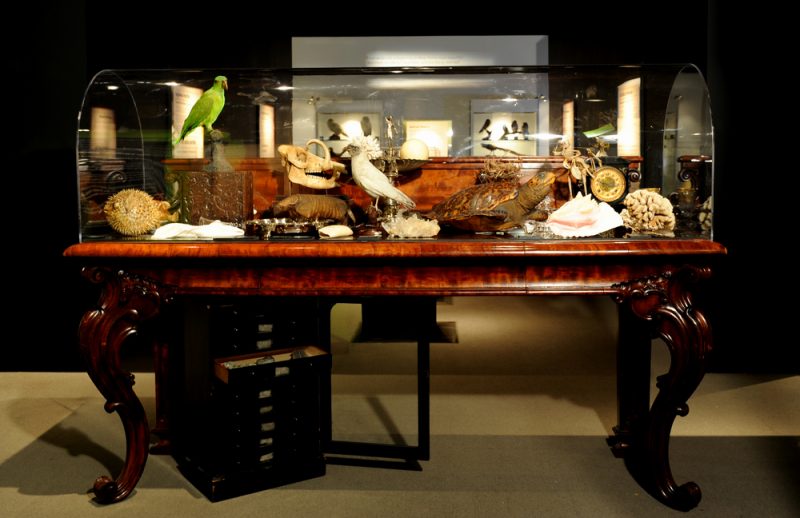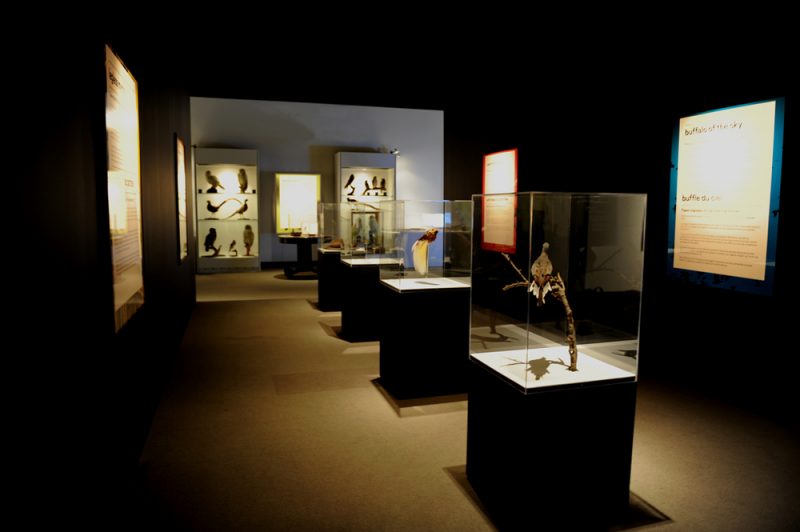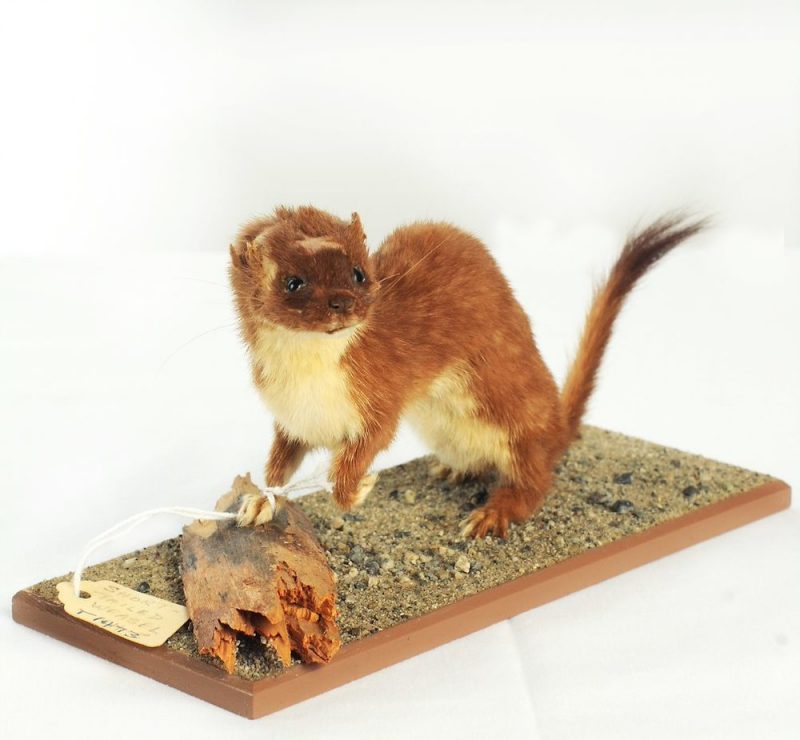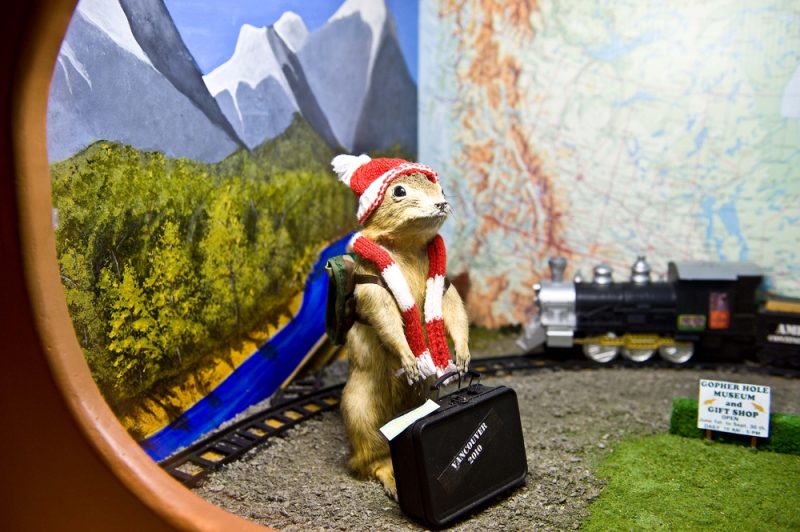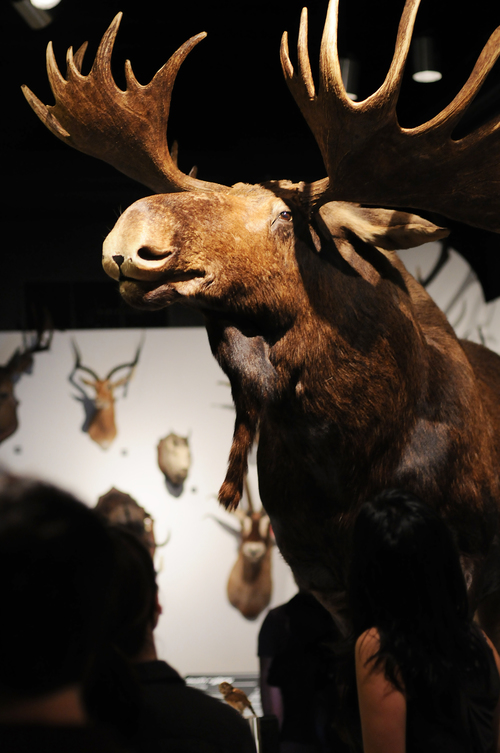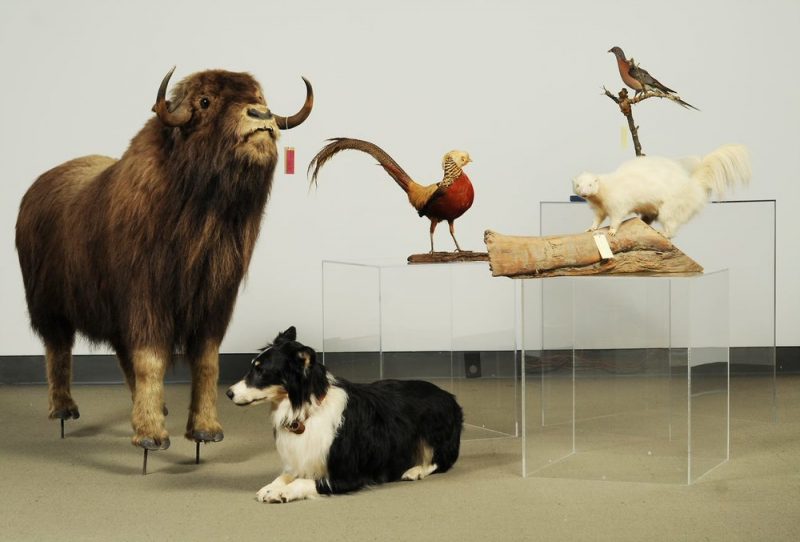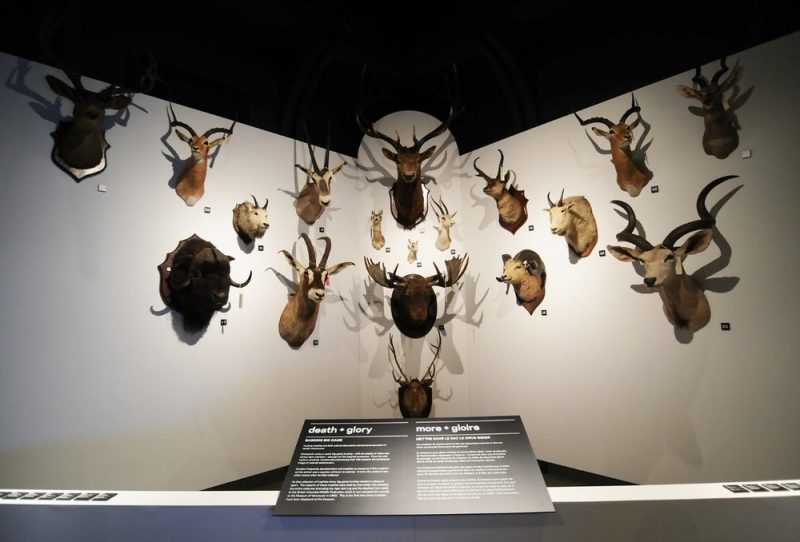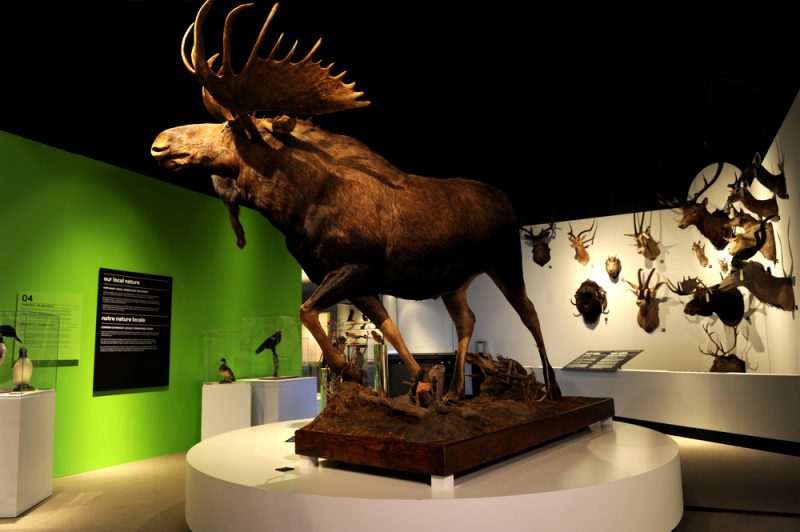‘Ravishing Beasts, The Strangely Alluring Book of Taxidermy’ Exhibit Catalogue 2010
Ravishing Beasts, The Strangely Alluring Book of Taxidermy, Catalogue for the exhibit by the same name at Museum of Vancouver, Canada, Oct 2009 – Feb 2010, Curated by Rachel Poliquin, 7.5 x 7.5 inches, 56 pages.
Asking $30.
RAVISHING BEASTS
Displaying the Museum of Vancouver’s extensive collection of taxidermy for the first time in decades, Ravishing Beasts investigates the provocative and strangely alluring world of taxidermy.
Whether a hoarding of exotic curiosities, a scientific archive, a hunting trophy, or a stuffed pet, taxidermy always exposes longings to capture animals and tell stories about their significance within human lives.
The exhibition confronts viewers with the visual power of taxidermy. It invites us to examine taxidermy’s cultural aesthetic, scientific history, and revival in art and design, and to question the legacy, current value, and future relevance of the practice.
Exhibit in English and French
guest curator Rachel Poliquin, exhibit design Kevin McAllister, exhibit graphics Burnkit
*No animals were harmed for this exhibition. Most of the taxidermy that will be on exhibit is from the Museum’s own collection and was acquired primarily between 1894 and 1950 from Vancouver residents.







